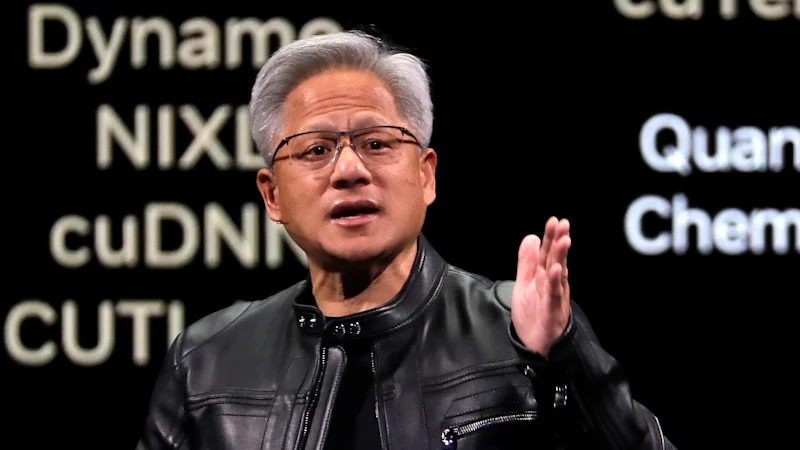Copyright theage

The only blip along the way, if it could be called that, was fears in September 2024 about the production delays of its latest chip, Blackwell, which triggered a sharp 13 per cent selloff. Then there was the worry that China’s DeepSeek would upend US tech sector spending on hardware. It didn’t, and those fears are long forgotten. Huang says the company projects it will sell 20 million of its latest chips, more than five times the volume of the previous generation. This doesn’t take into account the possibility that talks on Thursday between US President Donald Trump and his Chinese counterpart, Xi Jinping, might pave the way for Nvidia’s most sophisticated chips to be sold to China. The country’s AI companies are eager for better hardware than what its homegrown chipmakers can offer. Current restrictions, which allow only for the sale of older generations of technology, represent the only meek regulatory constraint on Nvidia’s unstoppable rise. Few are finding reason to be cautious. Concerns about circular financing, in which Nvidia invests in its own customers, do not appear to have altered investment theses. Nor have they dampened Nvidia’s appetite for a deal – the latest being a $US1 billion ($1.52 billion) investment in Nokia Oyj, announced this week. If Wall Street wanted to look for potential headwinds to Nvidia’s progress, they would start with its reliance on Taiwan – where most of the latest chips are produced – or in the lingering (though not yet pressing) risk that regulators scrutinise more closely the lock-in between Nvidia’s hardware and its proprietary software for AI development. The overly rash reaction to Blackwell production mishaps last year demonstrated how touchy investors are to any sign of turbulence in Nvidia’s supply chain and logistics. More broadly, Nvidia needs the downstream rollout of AI – putting it in the hands of consumers and businesses – to start paying off, otherwise the wild capital expenditures might start getting pulled back. Nvidia is relying on others to actually reach the goal of human-level artificial intelligence that will, some say, make all the investment worthwhile.



